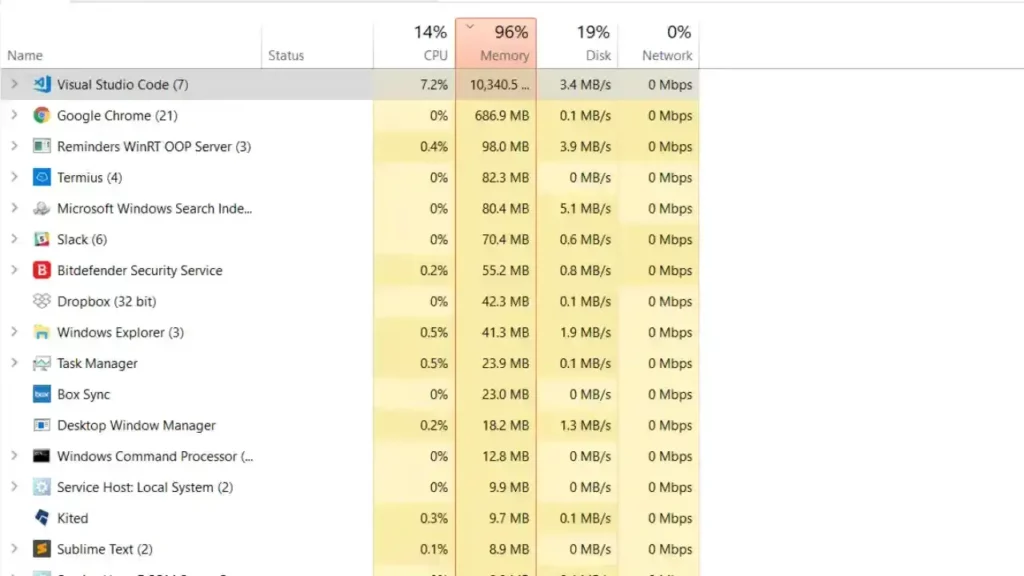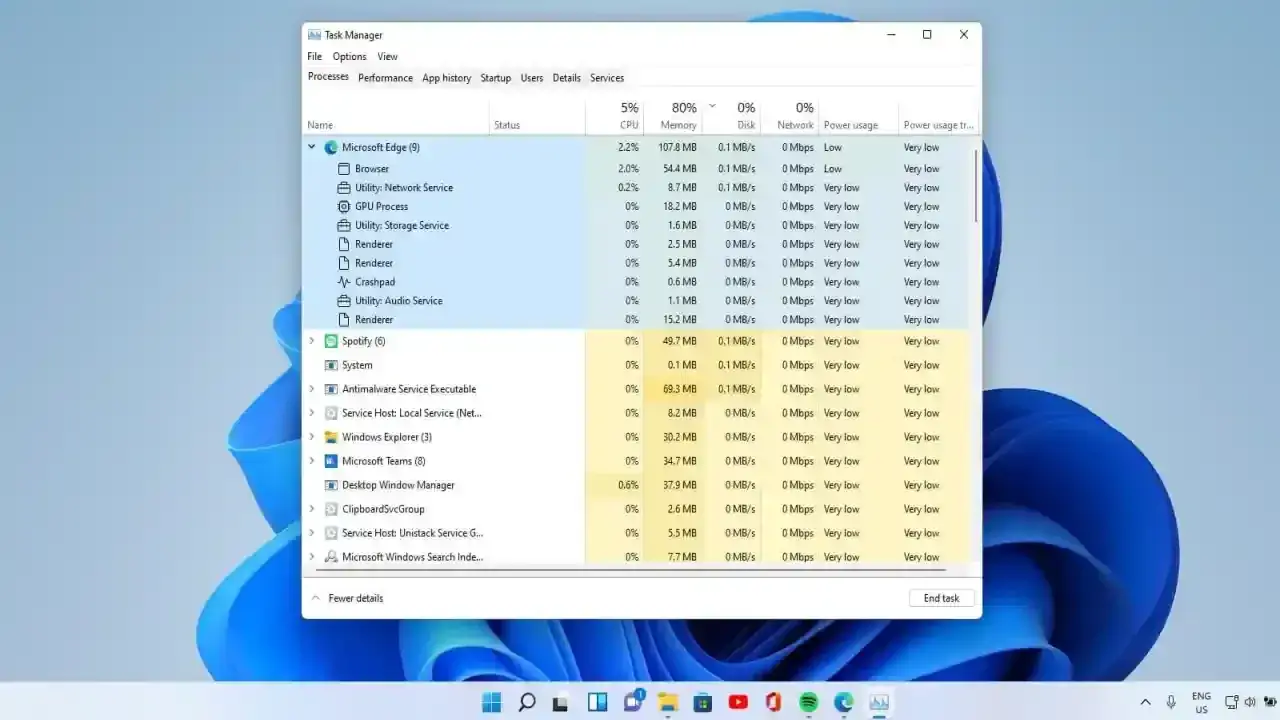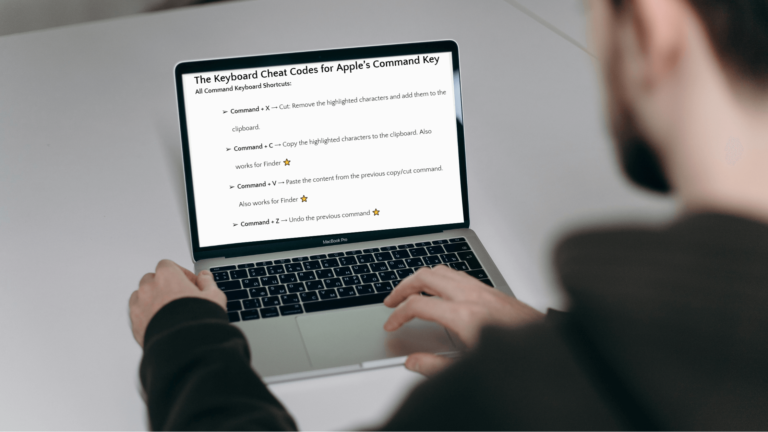Introduction
Task Manager is a utility that allows you to view which applications and processes are running and how much memory and CPU use. It’s useful for troubleshooting problems and discovering what’s slowing down your computer. This post will show you how to open task manager in windows 11 as administrator, how to open task manager in windows 10, and how to open task manager as admin.

Find the Task Manager shortcut on the Start Menu or Taskbar.
The Task Manager is a built-in Windows utility that you can use to track and manage processes on your PC. It’s available in all versions of Windows, including Windows 11, 10, 8, and 7.
The Task Manager shortcut is found on the Start Menu or in an icon on the Taskbar. If you’re using Windows 10 (or another version), press Ctrl + Shift + Esc to open it up quickly.
Use the Windows key + X keyboard shortcut.
The easiest way to open the Task Manager is to press the Windows key + X on your keyboard. This will open a menu with several different options, including Task Manager. Alternatively, you can right-click on your taskbar and select “Task Manager” from the context menu (not all versions of Windows feature this option).
Once you’ve opened up the Task Manager, here are some useful tips for using it:
- Use Ctrl+Shift+Esc or Ctrl+Alt+Del keys in combination with the Esc key to access system processes like Task Manager, Windows Explorer, etc.
Run the taskmgr Command in a Command Prompt or PowerShell Window
To open a Command Prompt or PowerShell window, type cmd on the Start menu. You can also press Windows+R and then type cmd in the Run dialog box.
If running Windows 10, open the start menu and search “taskmgr”. If you’re running an older version of Windows, click on “Programs” then “Accessories” to find Task Manager. If you are using a computer that doesn’t have Microsoft Office installed (e.g., at home), open up your browser and navigate to www.officecomsetup.com/setup and follow the instructions there for setting up Office 365 or Microsoft Office 2019 on your computer now!
Right-click the Taskbar and Select “Task Manager”
To open Task Manager, right-click the taskbar and select “Task Manager”. The Task Manager will open.
Use Ctrl + Shift + Esc to Open Task Manager.
Pressing Ctrl + Shift + Esc simultaneously opens the Task Manager. The Task Manager displays active processes on your computer and other helpful information about your system. It’s a great way to figure out what program is slowing down your PC or if it’s been hijacked by malware.
The list of processes will show you what programs are running at that moment on your computer. You can also see how much CPU and memory each process uses, so if one process seems unusually large compared to others, that might indicate something is wrong with it or its associated program (maybe it has been hijacked by malware).
Use Search and Type “Task Manager”
To open Task Manager, you can use Search and type “Task Manager.” Then click on the search result for task manager.
The window will open with a list of programs on your computer. Selecting “Task Manager” from this list will open the program.
There are many ways to find task managers, including from within Windows
If you’re using Windows 10, finding and opening the Task Manager can be done from various locations. For example, you can easily use Cortana voice commands to open the Task Manager. You can also use the search feature in Windows 10 to find it in just a few seconds!
How to Open Task Manager in Windows 10 as Administrator: An Essential Guide
If you’re a Windows 10 user seeking in-depth knowledge on managing your computer’s performance, this guide is for you. Today, we’re diving deep into how to open the Task Manager in Windows 10 as an administrator.
Understanding Task Manager’s Functionality
The Task Manager is a fundamental part of Windows 10. It provides a detailed view of the software and hardware consuming resources on your system. It allows you to control running applications, end processes, monitor system performance, and manage startup items. Opening the Task Manager as an administrator grants more access, letting you manage all user processes, not just your own.
Launching Task Manager: The Standard Approach
There are several ways to launch the Task Manager in Windows 10. The most common method is to press Ctrl + Shift + Esc. This combination opens the Task Manager directly. Alternatively, you can use Ctrl + Alt + Del and select Task Manager from the menu.
How to Run Task Manager as Administrator
For the standard user, launching the Task Manager is straightforward. But to open Task Manager in Windows 10 as an administrator, follow these steps:
- Press Win + S: This combination opens the Windows Search box.
- Type ‘Task Manager’: It will appear as a result on the search menu.
- Right-click on ‘Task Manager’: A pop-up menu will appear.
- Select ‘Run as administrator’: This will launch the Task Manager with administrative privileges.
Exploring the Task Manager’s Tabs
Once you’ve successfully opened the Task Manager as an administrator, it’s crucial to understand its diverse range of functions.
- Processes Tab: Here, you can view all running processes and their impact on system resources.
- Performance Tab: This provides a comprehensive summary of your system’s health, presenting real-time graphs of CPU, memory, and disk usage.
- App History Tab: This feature monitors the resource usage of apps over time.
- Startup Tab: You can control which applications launch on system startup from this panel.
- Users Tab: This allows you to view the processes running for each user account, provided you’ve opened the Task Manager as an administrator.
Utilizing Task Manager for Optimal System Performance
Understanding how to open Task Manager in Windows 10 as an administrator is the first step towards better control of your system resources. You can use this tool to identify processes consuming excessive CPU power, manage startup items for faster boot times, and even detect and eliminate malware that could hamper your system’s performance.
Remember, access to Task Manager is a powerful tool for maintaining a healthy, efficient Windows 10 system. Regularly checking the Performance Tab can detect unusual system behavior early, avoiding larger problems.
In conclusion, the ability to open the Task Manager in Windows 10 as an administrator is not just a power move but a necessary one for advanced system management and overall performance optimization.
Conclusion
The Task Manager is a useful tool that can help you manage the performance of your computer and troubleshoot problems.
It’s a simple but powerful utility that provides information on processes running on your PC, how much memory they use, and more.





Idea excellent, it agree with you.
In my opinion you are not right. I am assured. Write to me in PM.
Hello : )
I was on your website, keyboardcheatcodes.com, and found it very appealing; however, I noticed a few technical issues.
I came across some hidden SEO and loading time errors on your website, which are also causing keyboardcheatcodes.com to rank lower on Google. These issues could negatively impact your visibility and user experience.
These problems are often hard to detect, but I’ve created a concise report for you.
Would you like me to send it over so you can see what might currently be costing you visitors and customers?
Feel free to drop me a quick email (or your phone number so I can call you back if you want):
alexbertram1991@gmail.com
Best regards from Austing,
Alex Bertram